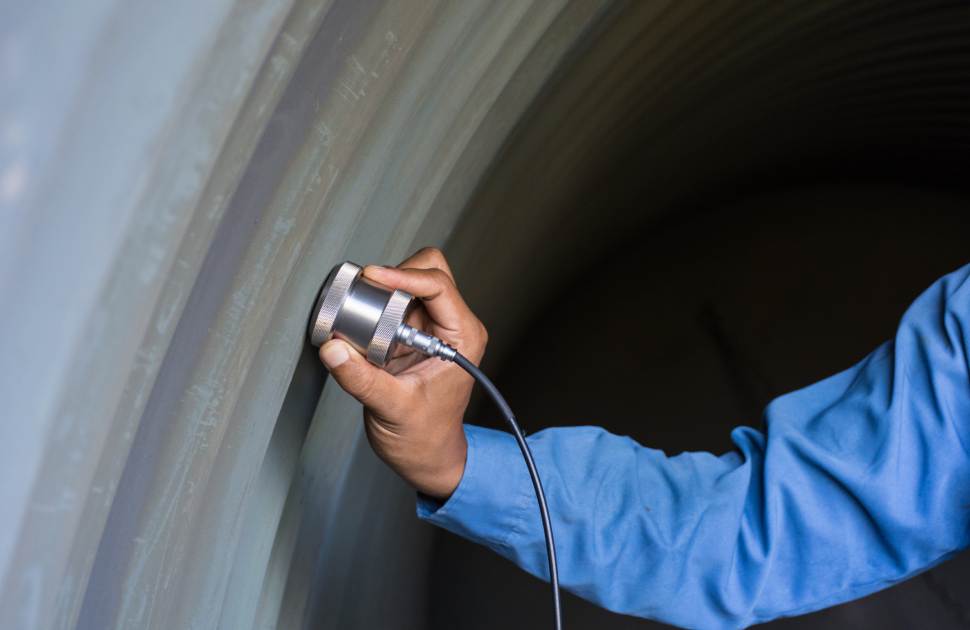Non-destructive Testing (NDT) is a vital part of many industries that require inspection and maintenance of structures and components without damaging or altering them. NDT methods have become increasingly sophisticated over the years, providing accurate and reliable results in a variety of applications. In this article, we will discuss some of the most common types of NDT methods and their advantages and disadvantages.
Ultrasonic Testing
Ultrasonic Testing (UT) uses high-frequency sound waves to detect internal defects such as cracks, inclusions, and laps in metal and other materials. UT is widely used in the aerospace, automotive, and oil and gas industries, among others. It is non-invasive and can detect defects deep within the material, making it ideal for inspecting thick components. UT can also be used to measure the thickness of materials and to detect corrosion.
One of the main advantages of UT is its high accuracy in detecting small defects. However, it requires skilled technicians to perform the inspection and interpret the results. In addition, UT may not be suitable for materials with rough surfaces or complex geometries.
Radiographic Testing
Radiographic Testing (RT) uses X-ray or gamma-ray sources to create images of the internal structure of materials. The images can reveal defects such as cracks, voids, and porosity. RT is commonly used in the manufacturing of aerospace and automotive components and in the inspection of pipelines and welds.
RT is capable of detecting internal defects that may not be visible to the naked eye or other NDT methods. However, it requires special equipment and trained personnel to operate the equipment and interpret the results. RT also poses a radiation hazard and requires strict safety measures.
Visual Inspection
Visual Inspection (VI) is the oldest and simplest NDT method, which uses the naked eye or optical instruments to examine the surface of materials for defects such as cracks, corrosion, and other surface discontinuities. VI is widely used in the construction, transportation, and manufacturing industries.
VI is non-invasive and does not require special equipment or training. It is also suitable for inspecting materials with complex geometries. However, VI is limited to detecting surface defects and may not be able to detect internal defects.
Magnetic Particle Inspection
Magnetic particle inspection (MPI) uses a magnetic field to detect surface and subsurface discontinuities, such as cracks, in ferromagnetic materials. MPI is commonly used in the aerospace, automotive, and railway industries.
MPI is capable of detecting both surface and subsurface defects and is relatively easy to perform. However, it is limited to ferromagnetic materials and may not be able to detect defects in non-magnetic materials.
Liquid Penetrant Inspection
Liquid Penetrant Inspection (LPI) uses a liquid that is applied to the surface of a material, which is then drawn into any surface-breaking discontinuities, making them visible for inspection. LPI is widely used in the aerospace, automotive, and manufacturing industries. LPI is non-invasive and relatively easy to perform. It can detect surface defects that may not be visible to the naked eye. However, it is limited to detecting surface defects and may not be able to detect internal defects.
In addition to the above-mentioned methods, there are other NDT methods such as eddy current testing, acoustic emission, and thermal imaging that are used in specific applications. Each method has its own advantages and disadvantages and is more suited to certain types of materials and conditions. The choice of NDT method depends on several factors such as the type of material, the type of defect, the size and shape of the component, and the accessibility of the area to be inspected.

.png)








